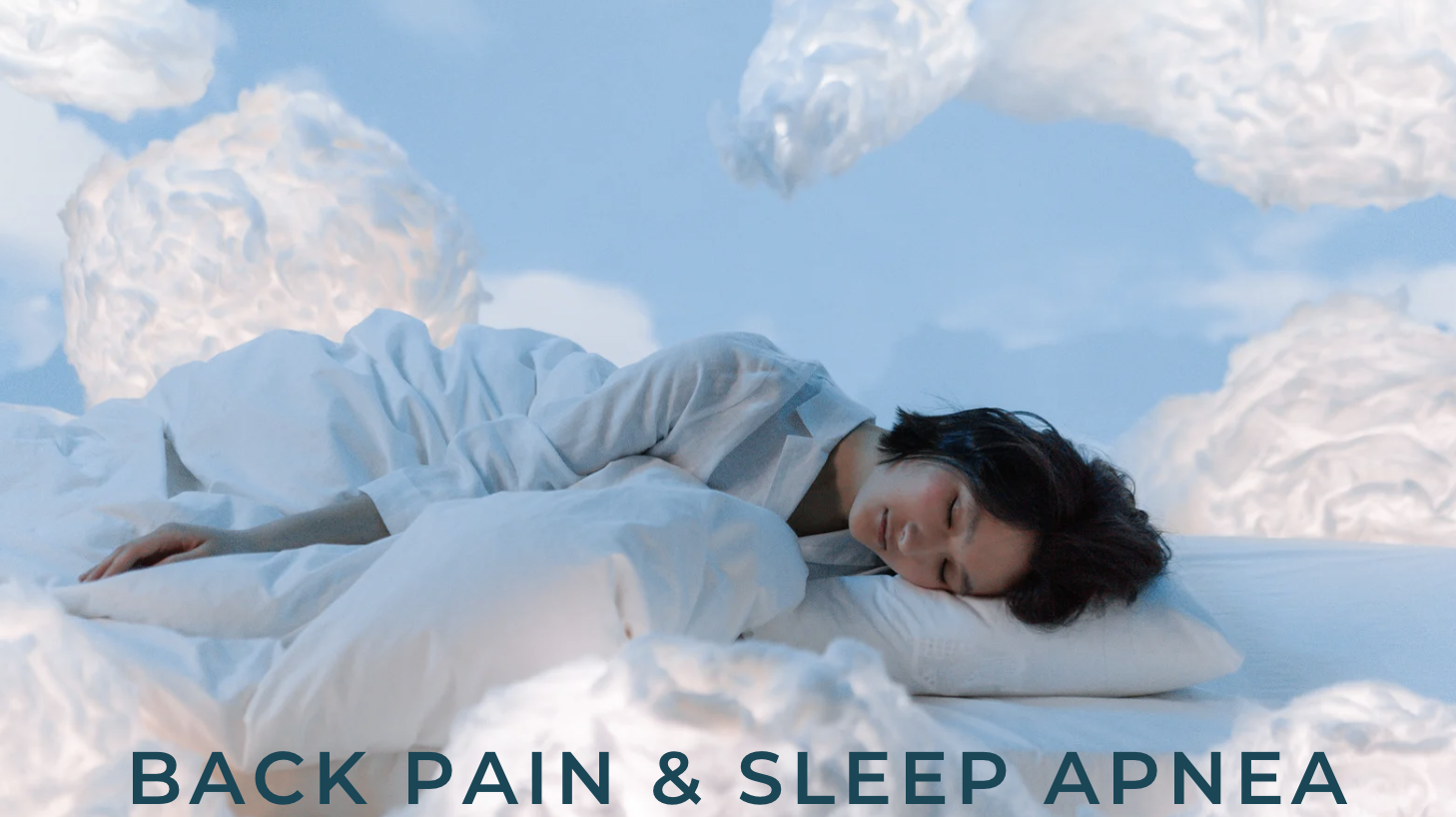The Clinical Link Between Low Back Pain and Sleep Apnea: An Emerging Concern in Chiropractic Care
We understand the unique challenges you face in managing patients who present with overlapping chronic conditions. One such intersection receiving growing attention is the correlation between low back pain (LBP) and obstructive sleep apnea (OSA). Although these conditions may appear unrelated at first glance, recent studies reveal a compelling connection that chiropractic physicians should be aware of when developing care strategies.
1. Bidirectional Influence Between Pain and Sleep Disorders
Multiple studies have documented that sleep disturbances not only amplify the perception of pain but can also hinder recovery from musculoskeletal injuries. Conversely, chronic pain—especially LBP—disrupts sleep architecture, increasing the likelihood of developing OSA or worsening its severity.
- A 2021 study in the Journal of Clinical Medicine found a significantly higher prevalence of sleep apnea symptoms in individuals with chronic low back pain, particularly those with pain lasting more than six months.
- Sleep fragmentation, characteristic of OSA, has been shown to alter central pain processing, leading to hyperalgesia (increased sensitivity to pain).
2. Common Risk Factors and Pathophysiology
There are shared physiological and lifestyle risk factors that link LBP and OSA:
- Obesity increases mechanical stress on the lumbar spine and also contributes to upper airway obstruction.
- Sedentary behavior can result in deconditioning of core musculature and poor sleep patterns.
- Inflammation and oxidative stress, both elevated in OSA, may contribute to chronic pain syndromes, including nonspecific LBP.
3. Postural and Respiratory Mechanics
Chiropractors understand the importance of postural dynamics. Forward head posture and thoracic spine rigidity—common in those with sleep-disordered breathing—restrict thoracic expansion and diaphragmatic movement, which may indirectly contribute to spinal instability and compensatory lumbar stress.
4. Clinical Implications for Chiropractic Practice
Given this growing body of evidence, chiropractors are uniquely positioned to identify this dual burden:
- Screening Tools such as the STOP-BANG questionnaire can be easily implemented during patient intake for chronic back pain patients.
- Collaborative Care with sleep medicine specialists can significantly improve outcomes, especially in patients resistant to conventional chiropractic care.
- Emphasis on Respiratory Biomechanics, postural correction, and lifestyle coaching may mitigate both conditions simultaneously.
Conclusion
There is strong and emerging evidence that low back pain and obstructive sleep apnea are interrelated in a clinically meaningful way. As chiropractors, we must not treat these as isolated conditions. We can craft more comprehensive, multidisciplinary, and effective care plans by recognizing the overlapping etiology and contributing factors. We urge all providers to consider sleep apnea screening as part of their protocol when managing chronic low back pain.




Comments are closed